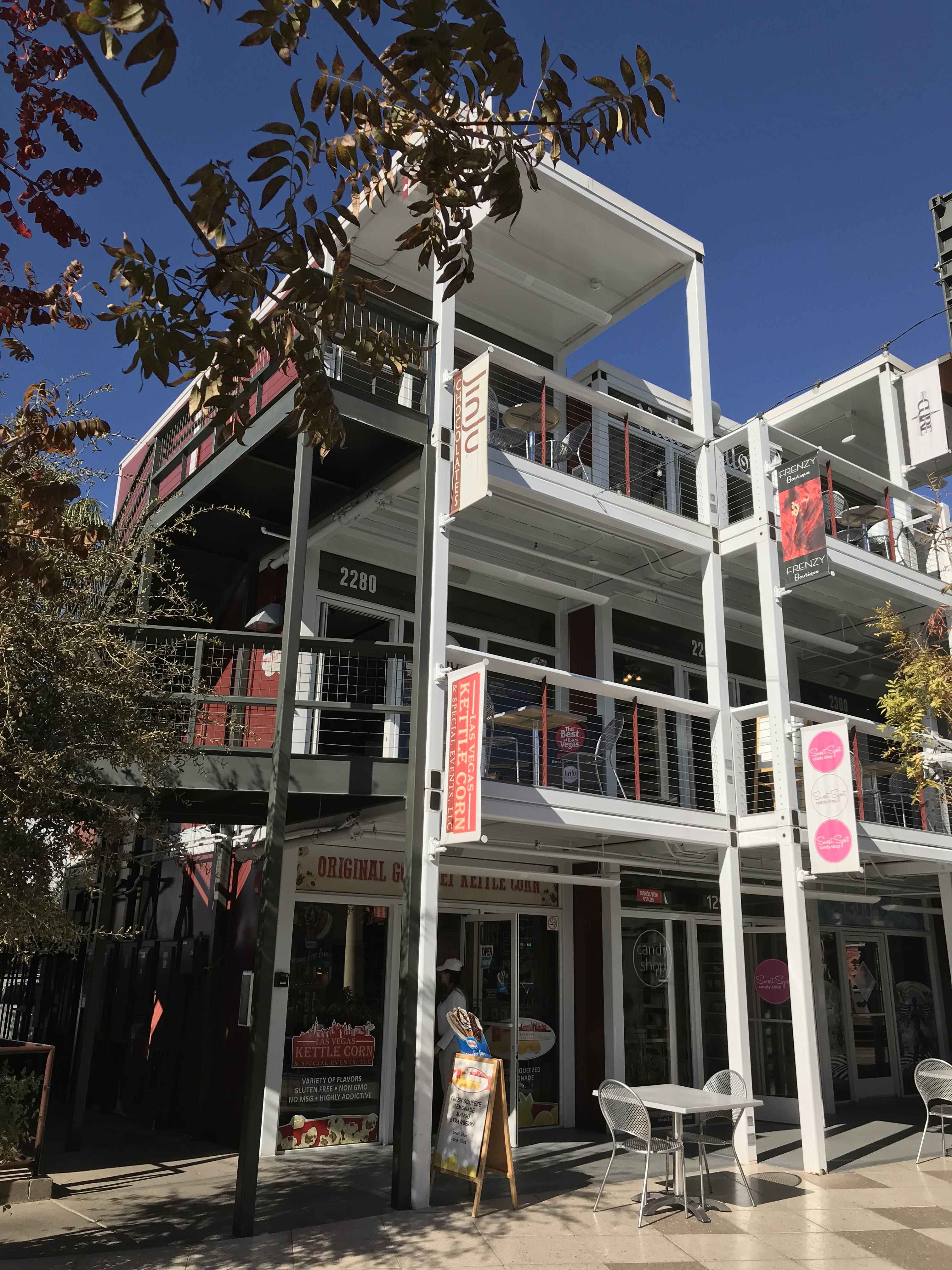
I admit that until very recently I was confused about the Cloud. I had images of my data dispersed in an ethereal space far from the inherent dangers and messiness of life on earth’s surface. I even imagined little warrior cherubim protecting my files and identity from those who might seek to do harm. I don’t think I am alone. Very few people can clearly explain what the Cloud actually is or where it is located.
It seems like magic to be able to retrieve files from anywhere at a blink of an eye while our photos, settings, contacts and calendars are automatically being backed up. Evidently, the concept of cloud computing has been around since the 1950s; however, the term was coined in
1996 by a few computer geeks in a stroke of marketing genius. Later that year Steve Jobs started talking about the I-Cloud. It is fascinating how naming something can engineer an identity and powerfully shape our perceptions.
Names and their immense power are often used purposely to mislead the unwary. This reminds me of the Container Park, a project that fills up half a city block on East Fremont Street in downtown Las Vegas. It is a family friendly open-air shopping center with specialty shops, restaurants, entertainment and a 50-foot fire-breathing mantis that made a brief appearance at Burning Man. The development was the brainchild of Tony Hsieh’s Downtown Project, and like all his projects it had to be cool. Part of what makes using shipping containers so hip is the promise of creating responsible/sustainable developments.
We have a significant trade deficit in the United States, so containers come into our country loaded with various products, but there are not enough products to put back into the containers on the return trip. Consequently, many of the containers are left here in the United States – piling up at our ports and transportation centers. Containers are relatively inexpensive, portable, weather resistant and amazingly strong and durable.
Designers have been up-cycling containers for decades and accomplishing some amazing things. Like anything worth doing it takes a bit of skill to fit things into a 8-foot-wide steel box without making it feel like you’re in a 8-foot-wide steel box. Conversely, if you make too many modifications, remove too much material, containers become costly and impractical to use.
Despite the design challenges using containers to build a shopping center is a noble and exciting proposition. Unfortunately, most of Tony’s Container Park was made of modular steel framed units, fabricated specifically for this project. The handful of real shipping containers in the development, are used as walkways, storage/utility areas and for a children’s playground structure.
The fact that this is not a legitimate Container Park goes largely unnoticed by the general public, who undoubtedly feel just as cool as they would in a real container development. By the way, the most concise description of the Cloud was printed on a t-shirt and read: “There is no Cloud, it is someone else’s computer.”
